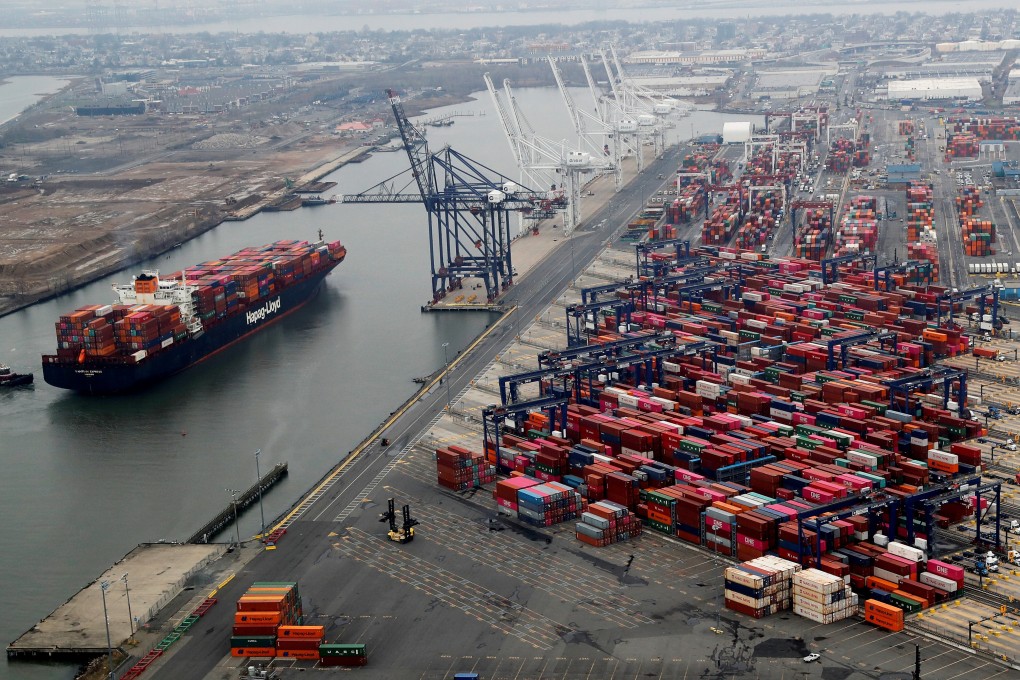China exporters under pressure from soaring US shipping costs ahead of Christmas as demand outweighs supply
- The cost of shipping by sea from Shanghai to the west coast of the US more than doubled between May to August, to the highest rate since 2009
- Many shipping firms cut back their operations earlier this year due to the coronavirus, but are now struggling to meet demand as exporters worry about the escalating trade conflict

Concerns about the escalating US-China trade conflict and the reductions in available routes earlier in the year due to the coronavirus outbreak have sharply increased the cost of shipping by sea for Chinese exporters, who have been front-loading the export of their goods to the United States in recent months.
The cost of sending goods by sea from Shanghai to the west coast of the US, including the Port of Los Angeles, more than doubled to US$3,639 for every 40-foot container (FEU) between May to August, the highest rate since 2009, according to the Shanghai Shipping Exchange.
Rates from Shanghai to the east coast of the US, including the Port of New York and New Jersey Port Newark, increased by more than 65 per cent to US$4,207 per FEU during the same period, the exchange said.
Traders are shipping in advance due to concerns about Sino-US trade friction
It is also due to the fact that shipping firms have not been able to readjust their capacities as quickly as the demand has returned having slashed routes during the height of the pandemic to lower operating costs.